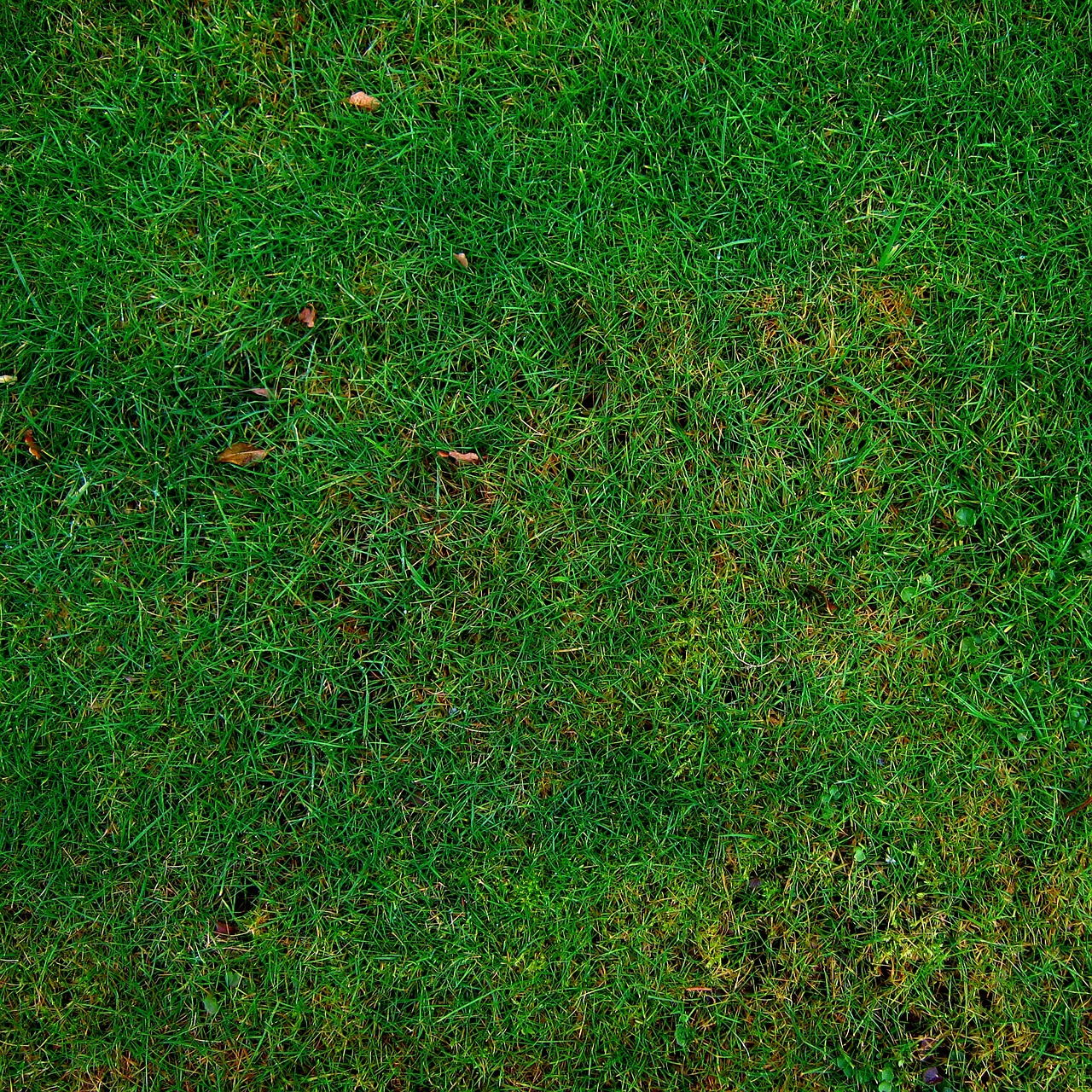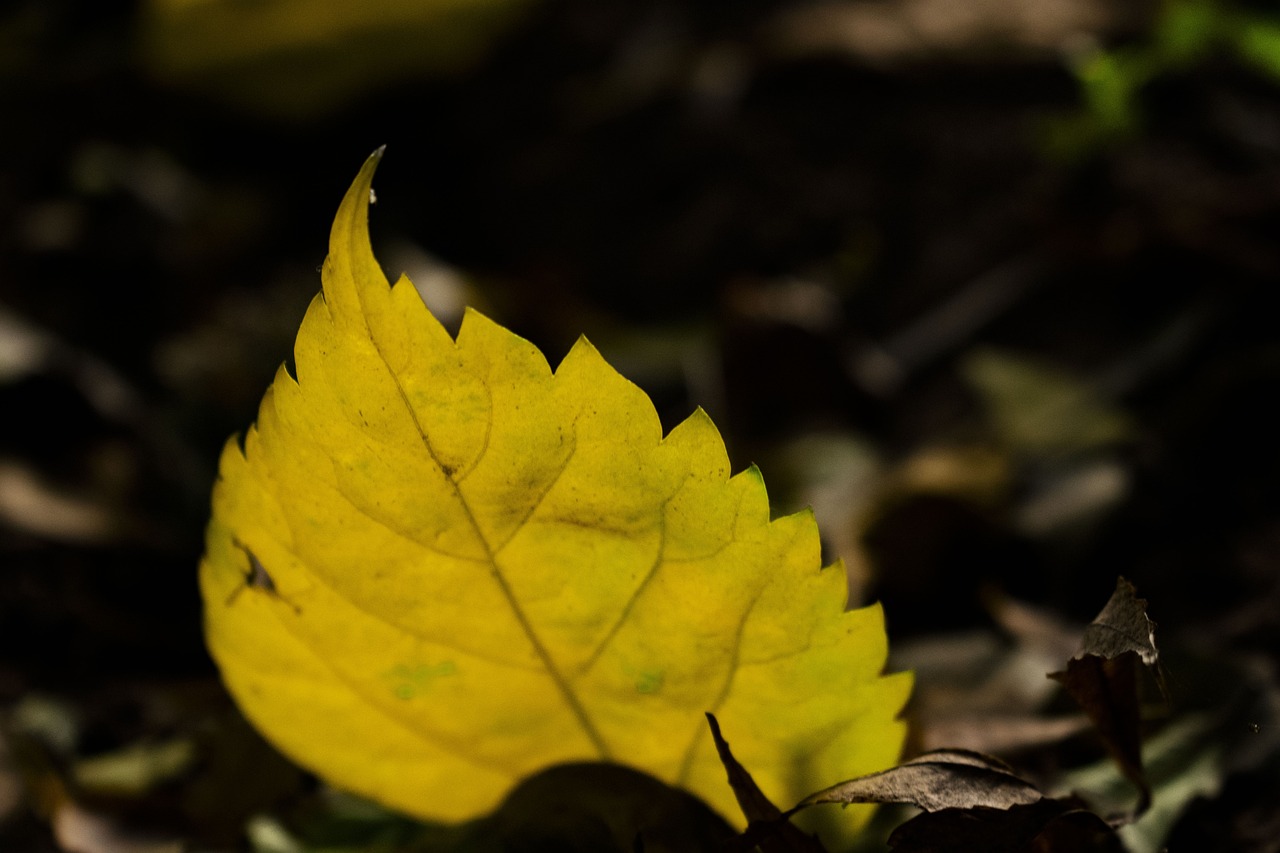Did you know that some trees are able to produce oxygen 24 hours a day? The Peepal Tree is an example. While most plants take in Co2 and release Oxygen during the day, the Peepal Tree is able to provide the same amount of oxygen 24 hours a day. This process is known as photosynthesis. During the night, however, most plants follow the same pattern as humans and stop producing Oxygen.
Tulsi, the holy basil plants planted in Hindu households, may give out oxygen most of the day, but the rest of plants are no less…though, admittedly, they may not be as efficient as Tulsi. Take a look at your cohabitants: Do they bring in danger or do they purify?

Peepal tree
The peepal tree is a remarkable tree that emits oxygen twenty -four hours a day and absorbs CO2 during the night. This feature makes it one of the most ecologically friendly trees in the world. Its carbon-dioxide-absorbing abilities make it ideal for people suffering from CO2 overload.
The peepal tree has medicinal properties that make it a very beneficial plant for humans. It’s effective in fighting infections and helps control diabetes. It’s also a natural pesticide and purifies the air. It’s so useful that the extracts are used in hair and dental products.
This plant gives off a great deal of oxygen during the day, and it produces oxygen at night by using a special photosynthesis process. Peepal trees are among the few plants that can give oxygen twenty-four hours a day. Not only does the peepal tree give oxygen, it also has medicinal properties and is a natural pesticide.
Areca palm
Areca palm is a type of indoor plant that gives off oxygen throughout the day and night. This plant, also known as butterfly palm, golden cane palm, or bamboo palm, is native to Madagascar. It is a relatively easy plant to grow and requires moist, well-drained soil with an acidic pH.
A healthy areca palm produces a lot of oxygen during the day and absorbs carbon dioxide at night. The tree uses photosynthesis to do this, a process called crassulacean acid metabolism. This process helps the plant survive in dry conditions and purifies the air around it.
The Areca palm is very helpful as a houseplant. Its natural humidification qualities help you breath easier while also adding a tropical feel to any room. Even in winter, it continues to give you oxygen and moisture, making it a perfect houseplant.
Snake plant
The snake plant, or Sansevieria retusa, is one of the most popular plants that gives oxygen 24 hours a day. This upright plant can grow up to three feet high, and its main purpose is to purify the air. Snake plants can survive in very low light and don’t require watering frequently, so they are perfect for bedrooms.
Apart from providing oxygen, snake plants can also remove toxins from the air. They can be useful for people with allergies as they can reduce the levels of formaldehyde and benzene in the air. Moreover, they are easy to maintain and care for, making them an excellent choice for any home.
These plants are also beautiful and can survive under low light conditions. The air-cleaning abilities of these plants make them a great low-cost solution for air purification. Since they don’t need regular watering, they are easy to maintain. They need only a light amount of sunlight to keep growing and don’t require any extra fertilizer.

Weeping fig
Weeping figs are a favorite houseplant because they give off oxygen 24 hours a day. Their leaves are shiny and green and are four inches long and narrow. They can grow in two or more trunks, and their branches arch over the space where they are planted. Their leaves are also a filter for formaldehyde and toluene. They can grow up to ten feet tall, though miniature versions are smaller and grow to just three feet.
Weeping figs are also good for improving air quality. They give off oxygen and remove pollutants from the air during the day and at night. The plants require low maintenance, but be sure to avoid over-watering, as too much water can cause root rot. The dracaena plant grows best in semi-shady conditions and prefers warmer temperatures. Similarly, the weeping fig loves bright indirect light and high humidity.
Other plants that give off oxygen are fiddle leaf figs and snake plants. These plants produce oxygen during the day and use oxygen from the air to keep themselves alive at night. These plants can improve your mood and happiness and can also help remove toxins from the air.
Oxygen is the most important gas for living beings on Earth because it enables us to live. There are many tips and tricks for making sure that you get enough oxygen but the Indian Holy Basil plant, otherwise known as Tulsi, offers a unique property which allows it to act as a natural air purifier. Now we know why in India this plant is considered sacred!



